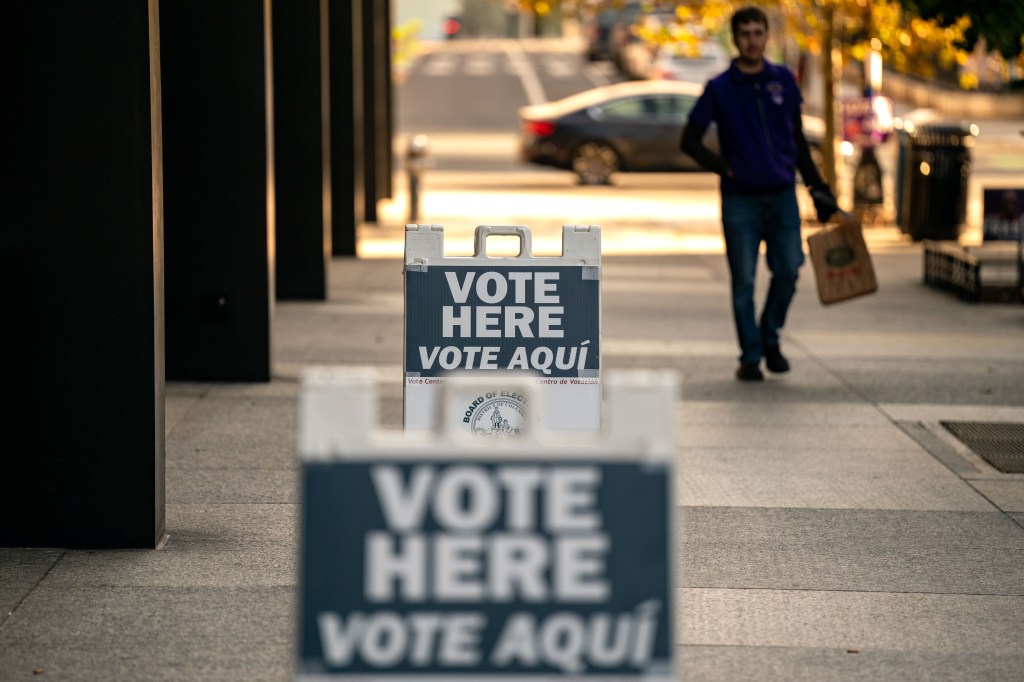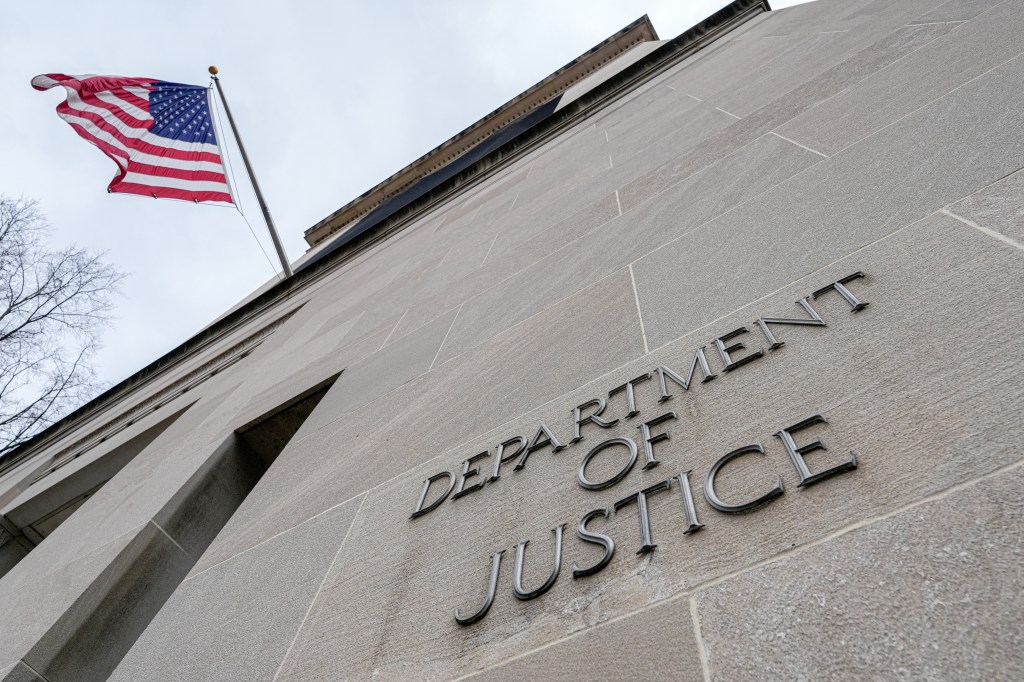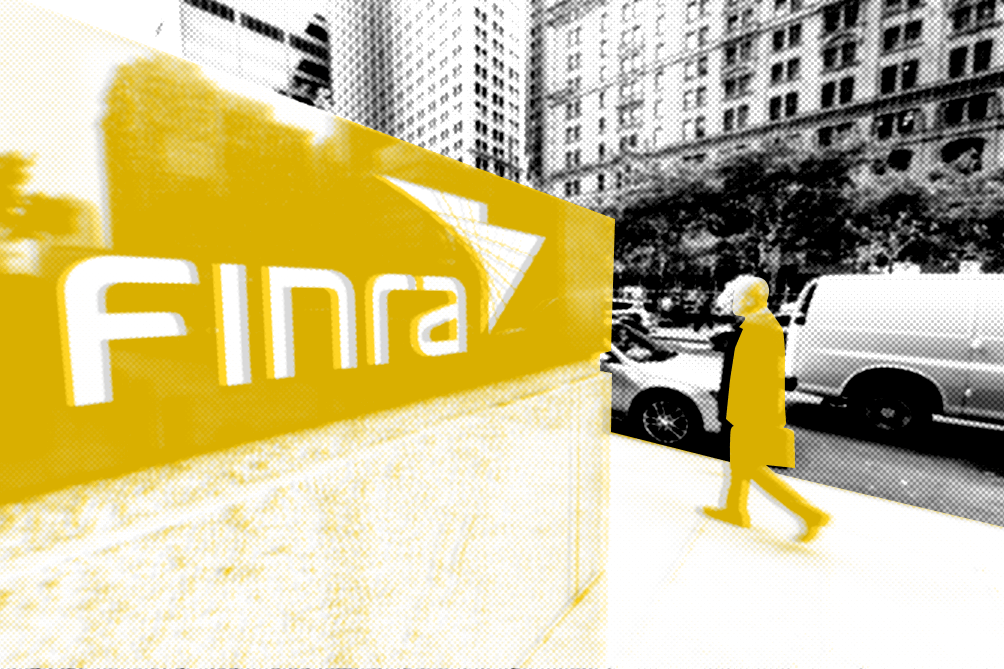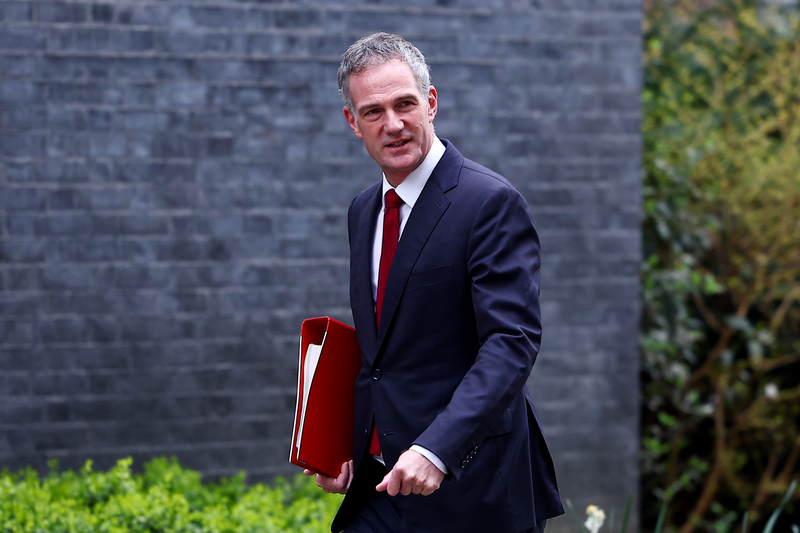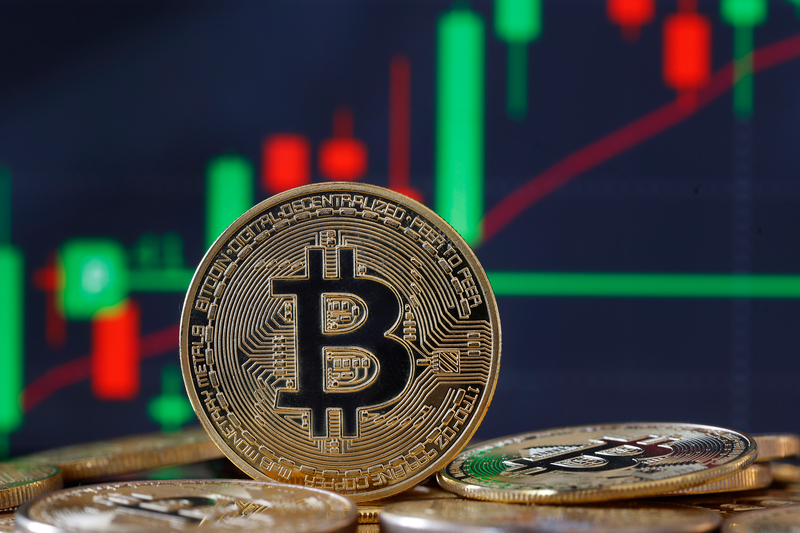For about two decades now, compliance monitors have acted as an independent link between the authorities, such as the Department of Justice (DOJ), the US SEC, and a business that is subject to a settlement agreement with one or more authorities.
The compliance monitor can be tasked with certain action items, with one of them being to give the enforcement authorities the security and confidence to enter into the resolution agreement being negotiated between the parties.
A compliance monitor will typically drive the company’s efforts forward to eliminate the specific misconduct charged in the enforcement action, and the aim is to prevent future infringements, often with the assistance of technology, like an effective compliance management system.
I spoke to several professionals who know a good amount about how such monitorships work in practice.
Please note that the professionals I consulted here are not in any way commenting on the DOJ’s recent decision regarding the firm’s monitorship ending in the Glencore enforcement action, or their own involvement in any monitorship or enforcement action. They are speaking about compliance monitoring arrangements generally.
Kristy Grant-Hart
Kristy Grant-Hart, Vice President, Head of Advisory Services, Spark Compliance, a Diligent Brand, appreciates the drain on resources a compliance monitor can have, particularly if one takes an overly aggressive approach to billing for their time and efforts. But she strongly believes a compliance monitor adds a unique benefit, ensuring the business has a compliance program that is not only remediated but actually embedded into the fabric of an institution.

Photo: Private
Since that can take the time, circumscribed remit and purpose-driven goal that a compliance monitor can provide, this is a valuable contribution to the remediation process.
“The remedial work that is done as part of the investigation and regulatory settlement process can be time-consuming and arduous enough for the compliance team. After it ends, if funding, staff resources and attention is not paid to finalizing the details and making sure the enhancements are embedded into the program effectively, that is not as helpful for the business in the longer term.
“The compliance monitor can be what gets those new strategies – and newer ones – ingrained into the processes multiple departments need to use going forward,” Grant-Hart said.
Douglas Hileman
Doug Hileman, president of Douglas Hileman Consulting LLC in Los Angeles, California, served on the Volkswagen compliance monitoring team associated with the DOJ’s and Federal Trade Commission’s cases involving allegations of the carmaker cheating on emissions tests and deceiving consumers.

Photo: Private
Hileman believes the monitor has the most impact in the earlier stages of the monitorship – in the design of it and the implementation stages. That’s not to say the testing of it and other components that come later are not essential, but writing the blueprint correctly and thoroughly – which the monitor is equipped to do with some objectivity and focus – is the essence of their value.
“It’s then incumbent on the business to implement the blueprint. The company assumes the burden and risk of implementing it fully – or not following through with the terms outlined in that plan,” Hileman said. “And if it’s designed well, and the company looks at it as not just a punitive tool, but as a way to meet high-value business objectives, it can be a helpful blueprint for future success.”
Michaela Ahlberg
I have spoken several times with Michaela Ahlberg, a seasoned ethics and compliance officer who headed up the compliance function at Swedish telecommunications firm Telia Company. She was responsible for implementing a new function ethics and compliance regime with a focus on remediation during a period of allegations of corruption at the business.

Photo: Private
Representing the function and the anti-bribery/anti-corruption program in negotiations for a settlement with the DOJ, SEC and the Dutch prosecutor resulted in a deferred prosecution agreement (DPA) from the DOJ in September 2017.
The DPA credited the remediation and ethics and compliance program and the DOJ decided imposition of a monitor was not necessary due to the adequacy of this work.
Although Ahlberg is pleased she spared the company the cost and time burdens associated with working with a monitor for a stretch of time, she also appreciates the value these professionals bring, thanks to their independence from the business and simple aspects of human nature.
She says: “I think you have to ask the question of how can an ethics and compliance professional say uncomfortable things all the time, how can they be the one pointing at uncomfortable facts all the time – the stone in the shoe? And do it and still be respected and liked – because, let’s face it, we all want to be liked.
“It’s possible to disagree with your boss once in a while – but do you want to do it more often than that or, after a crisis that has befallen the organization keep harping on topics that are really uncomfortable? The answer to that is normally ‘no,’” Ahlberg said.
She thinks this is where the outsider with the right experience and skills in place can be quite useful in helping the compliance team move past ordinary human nature and human limitations – thanks to their outsider status at the business.
Remaking corporate monitorships
Working at the Justice Department as its first ever compliance counsel expert, Hui Chen, now a co-founder of CDE Advisors (CDE stands for Culture, Data and Ethics) knows a lot about what goes into an effective compliance monitorship. Last month she was featured in an article in the Corporate Crime Reporter about a co-authored law review article she and Todd Haugh wrote about how the monitorship system is broken.
“Over the past two decades, federal prosecutors have made increasing use of corporate monitors,” Chen and Haugh wrote recently in a Washington Post piece about the rejection of a plea agreement between the DOJ and Boeing. They say that monitors are favored by prosecutors because they can work to remake company culture from the inside, while companies accept them because they are a better option than agreeing to the uncertainty of a criminal trial. And they say, law and consulting firms like the money they can make from fees.
“If it’s designed well, and the company looks at it as not just a punitive tool, but as a way to meet high-value business objectives, it can be a helpful blueprint for future success.”
Douglas Hileman, president, Douglas Hileman Consulting LLC
But, they argue: “All this creates a morass of misaligned incentives that has weakened the ability of monitorships to achieve their most critical goal: reducing corporate wrongdoing in the long term. Add to that a lack of transparency as to how monitors are selected, how they do their work and what they are paid.
“The system is so broken that there isn’t even a clear standard for judging whether a monitorship has worked. There will be no way, at the end of its monitorship, to objectively determine whether Boeing has become more ethical and able to better prevent misconduct.”
In their paper, Chen and Haugh propose a series of reforms, including:
- Transparency in how monitors are selected and do their jobs should be provided.
- Monitor compensation should be reformed away from hourly compensation and toward a structure that incentivizes proven and measurable outcomes.
- There needs to be a consistent methodology to guide the conduct of monitorships.
- The success of a monitorship must be defined in concrete, measurable terms and evidenced by data.
Chen and Haugh say that the reforms can most realistically be accomplished “by creating an interagency and interdisciplinary Office of Monitorships” – the idea being to create more professionalization of the monitor function, to serve as a hub of innovation in the monitorship and compliance space, and to reduce the negative incentives on monitor effectiveness.
Final thoughts
While it might not look like the reforms Chen and Haugh outline are on the near-horizon at a federal level in the US, it is a strategy to keep in mind for regulators, as are their recommendations for creating stronger compliance programs – ones that are better able to prevent and detect misconduct and all of the financial and reputational damage it incurs.
It is also worth bearing in mind that the leadership teams and boards of businesses can always hire a compliance monitor themselves – regardless of what they call the arrangement – to reduce the risk of corporate wrongdoing and conduct risk in the long term. It’s not just a tool federal prosecutors can still wield.
Irrespective of the DOJ’s posture on it (especially following its dismissal of two monitors assigned to the Glencore foreign bribery and market manipulation case), companies can make the choice to improve their compliance programs with an outside entity’s analysis of their policies, procedures, controls, people, and data any time. The investment and message it sends stakeholders might seem perfectly calibrated for the moment at hand.

